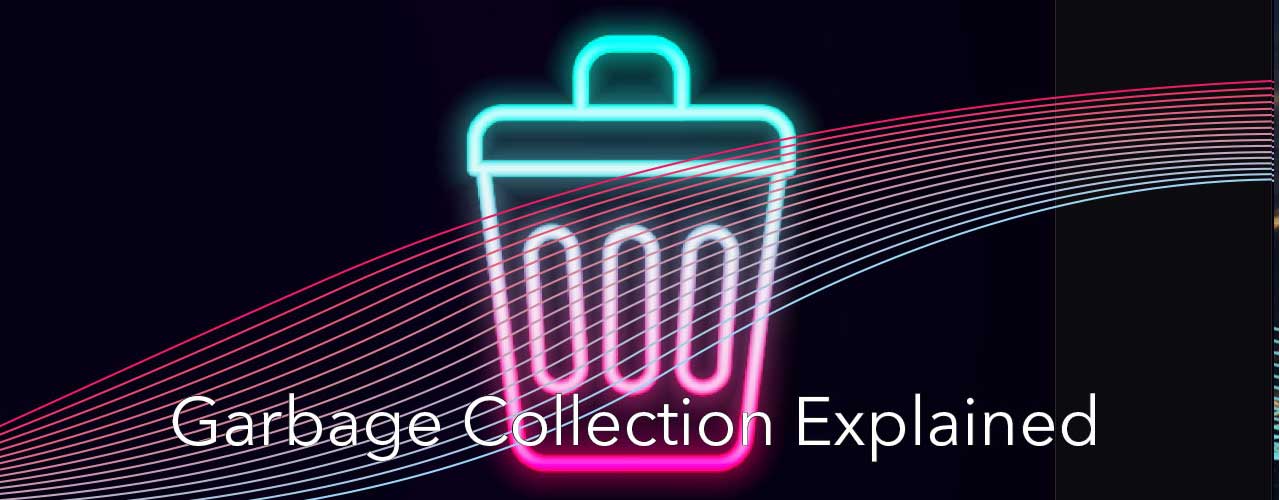
Oracle Java Usage, Pricing & Migration Survey and Report

What Should I Know About Garbage Collection as a Java Developer?


Why Your Choice of JVM Matters More Than Ever


Garbage collection in Java is a process by which a Java application automatically detects and removes objects that it no longer uses. It helps free up memory and improve application performance.


The benefits of Java garbage collection are automatic memory management, improved application performance, simplified code, reduced memory footprint, and concurrent/parallel GC.
To reduce the risk of memory leaks and related errors, the Java runtime automatically frees up memory for objects that are no longer being used. Without garbage collection, developers would have to track which objects are not being used and free up memory manually. It’s easy to forget to deallocate memory multiple times, which can lead to errors and inconsistencies in the application, making it difficult to debug. Failing to deallocate memory completely could lead to memory leaks. Over time, the application could consume more memory.
By reducing time spent managing memory and freeing up resources for critical tasks, garbage collection can greatly improve application performance in environments with limited memory resources. Without automatic memory management, a GC concurrent and parallel process makes the GC process less intrusive, and the application will not stop for GC.
Best of all, developers do not need to specifically deallocate memory, which makes code simpler to write and maintain. Without automatic memory management provided by the Java force garbage collection, the code grows in complexity.
Java Garbage Collection Tuning refers to the process of adjusting the parameters and settings of the garbage collector to optimize its performance for a specific use case. Performance optimization includes adjusting heap size, setting GC algorithm, and monitoring GC logs.
There are many ways Java developers can fine-tune the garbage collection process to ensure that it is running efficiently and effectively. The best way to tune GC is to test and measure performance of the application with different configuration and select the one that provides the best results based on your specific use case.
A core feature of Azul’s Platform Prime is C4 (Continuously Concurrent Compacting Collector) Garbage Collector. It improves Java performance with concurrent compaction, remapping, and incremental update tracing. Azul’s pauseless garbage detector algorithm runs concurrently with the application, rather than stopping or pausing the application, allowing it to continue to execute while the garbage collector runs. The algorithm also runs in parallel with the application which makes the GC less intrusive, more efficient and faster.
Compare this with traditional garbage collection which can result in the application pausing or stopping for a duration, causing performance degradation. In a traditional server environment where the heap size exceeds 4GB, application pauses can last from seconds to minute.
Azul’s C4 pauseless garbage detector is critical for environments where low latency or high throughput is essential. Learn more about Azul’s java garbage collection production-ready features.
A truly superior Java platform that can cut your infrastructure costs in half.
